Optimal Timing for Window Installations
Windows installations are most effective when scheduled during periods of low activity, typically during planned maintenance windows or off-peak hours. Proper timing ensures minimal disruption to daily operations and allows sufficient time for setup and testing.
Spring and fall often provide ideal weather conditions for hardware setup and upgrades, reducing delays caused by extreme temperatures.
Weekends may offer more flexibility for comprehensive installations, allowing dedicated time without impacting regular business hours.
Scheduling installations during low-traffic periods or scheduled downtime minimizes operational impact and maximizes efficiency.

Technicians prepare hardware and software configurations for seamless setup.

Choosing the right time reduces downtime and enhances productivity.
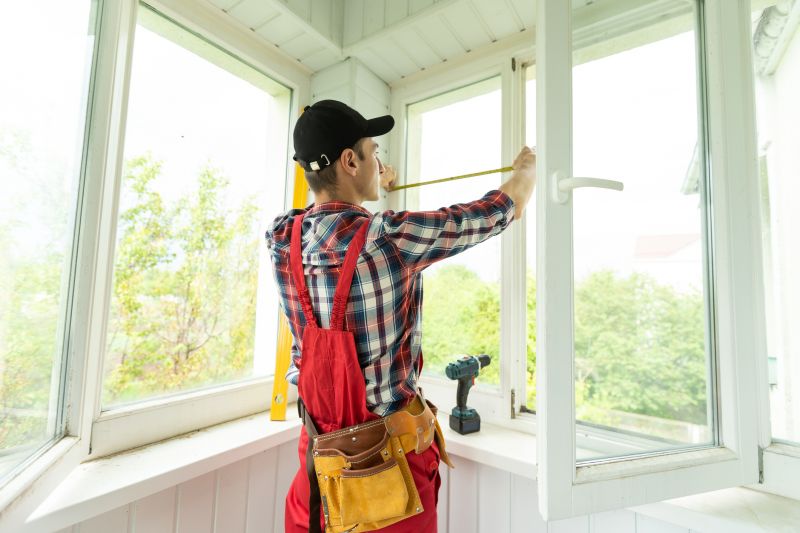
Ensuring hardware compatibility before installation minimizes issues.

Ways to make Windows Installations work in tight or awkward layouts.

Popular materials for Windows Installations and why they hold up over time.

Simple add-ons that improve Windows Installations without blowing the budget.

High-end options that actually feel worth it for Windows Installations.

Finishes and colors that play nicely with Windows Installations.
| Timing Consideration | Details |
|---|---|
| Off-Peak Hours | Schedule during early mornings or late evenings. |
| Business Downtime | Align with scheduled maintenance or holidays. |
| Seasonal Timing | Spring and fall typically have milder weather conditions. |
| Weekends | Utilize weekends for longer installation periods. |
| Quarterly Planning | Coordinate with fiscal or operational cycles. |
Windows installations involve updating or replacing operating systems to improve security, compatibility, and performance. Proper planning ensures minimal disruption and maximizes the benefits of new software environments. These updates often include security patches, feature enhancements, and hardware support improvements, making timely installations crucial for maintaining operational efficiency.

Initial hardware configuration for new installations.

Installing updates and necessary applications.

Verifying functionality after installation.

Ensuring system stability and performance.
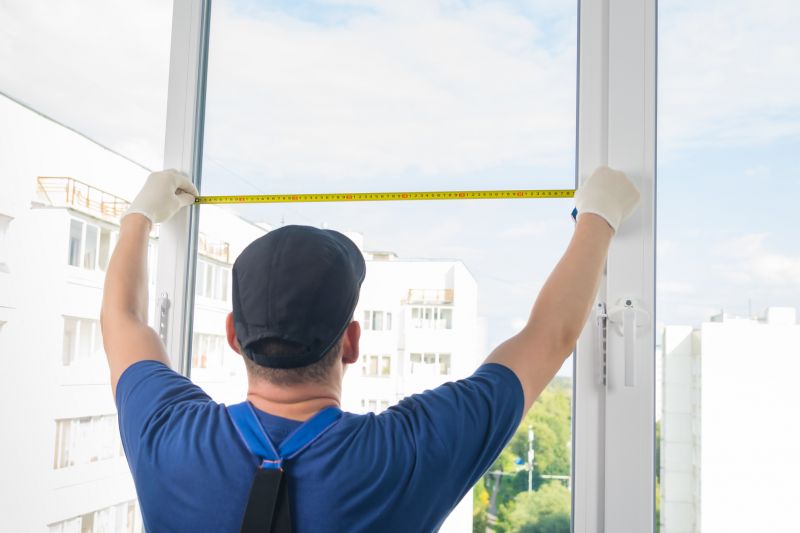
Little measurements that prevent headaches on Windows Installations day.
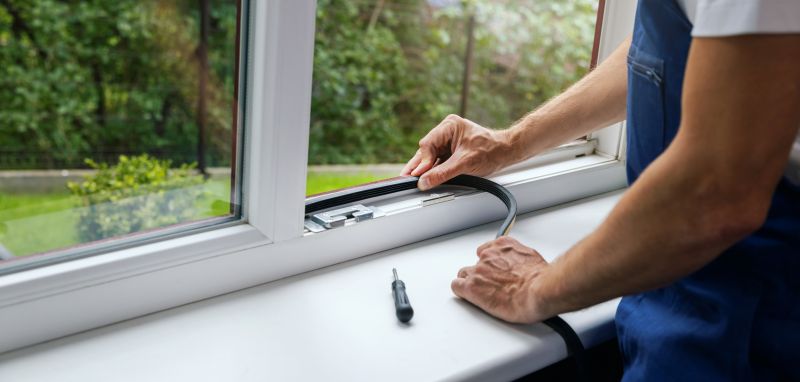
A 60-second routine that keeps Windows Installations looking new.

A frequent mistake in Windows Installations and how to dodge it.
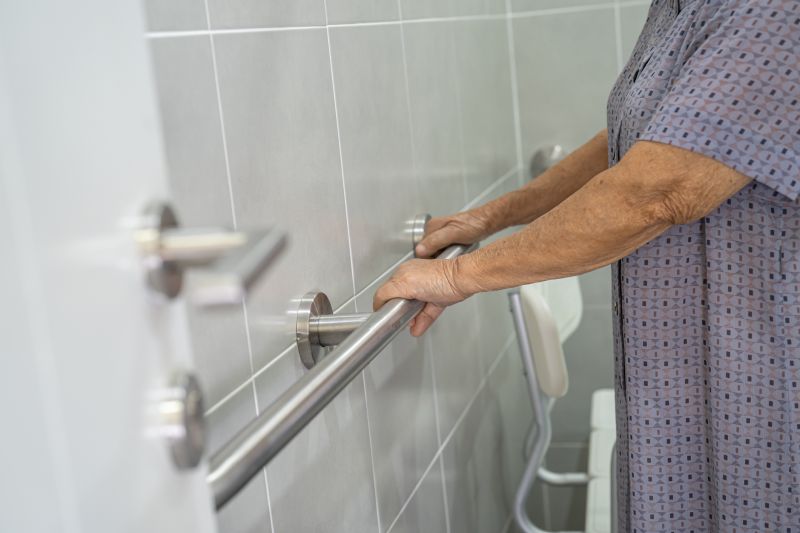
Small tweaks to make Windows Installations safer and easier to use.
Statistics indicate that organizations that plan Windows installations during off-peak times experience less operational downtime. Proper scheduling can reduce the risk of data loss and system conflicts, leading to smoother transitions and improved user satisfaction.

Assessing hardware and network compatibility.

Informing staff about scheduled updates.

Creating data backups prior to installation.

Lower-waste or water-saving choices for Windows Installations.
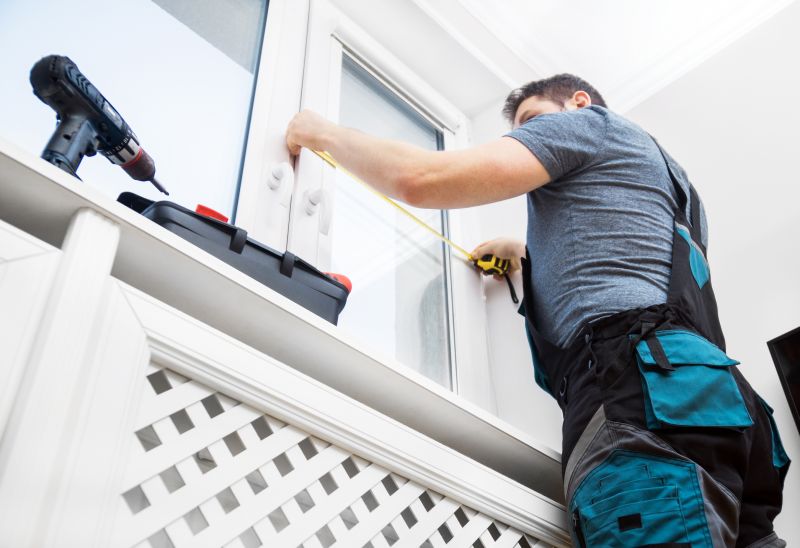
The short, realistic tool list for quality Windows Installations.

Rough timing from prep to clean-up for Windows Installations.

Quick checks and paperwork to keep after Windows Installations.
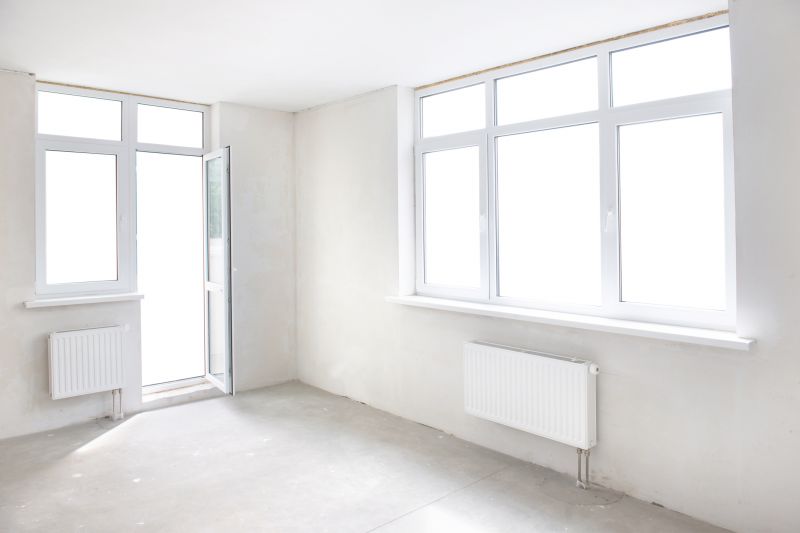
Examples that show the impact a good Windows Installations can make.
Interested parties can contact for scheduling Windows installations at a convenient time. Proper timing and preparation are essential for ensuring a successful upgrade process, which can enhance security and operational efficiency.

